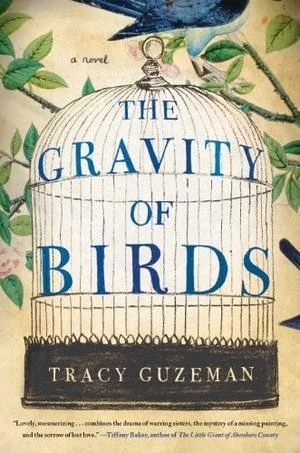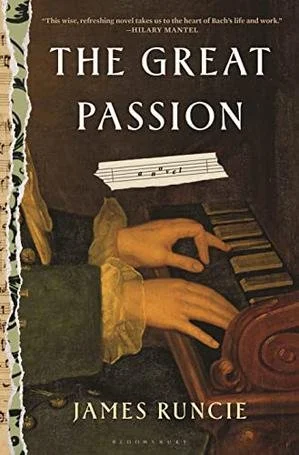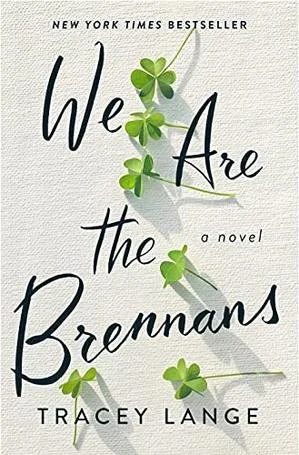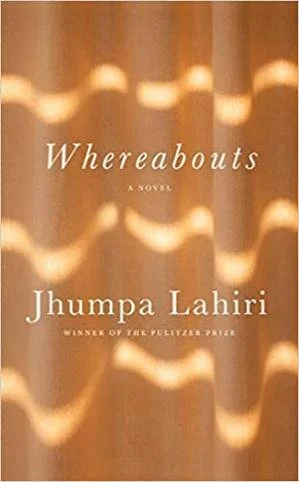In honor of Black History Month in 2024, this post highlights some of my best-loved books by African American women.
First, a brand-new fiction review:
Company Shannon Sanders (2023) The thirteen short stories in this volume are linked to each other through their characters, all of whom are members of the extended Collins family or friends of that family. The title also points to another linkage: each story involves the arrival of a guest—“company”—in someone’s home. Settings include the District of Columbia, New York, and Atlanta, from the 1960s to the near-present. The characters are almost all African American, but they grapple with universal human issues, such as family obligations, sibling resentments, and workplace infighting. (The depiction of the nastiness of academic politics is spot on!) In sentences that are concentrated and sharp, Shannon Sanders gets to the heart of each of her characters, and by the end of the book you’ll have a full picture of a remarkable family.
Next, re-posts of my reviews of two novels:
The Kindest Lie Nancy Johnson (2021) The racial tensions that trouble the United States play out through the stories of two families in the months near the 2008 election of Barack Obama. Ruth Tuttle, a successful Black engineer, can’t move forward with her life in Chicago until she finds the baby whom she was forced to give up when she gave birth at age 17 in an industrial town in Indiana. Her search reconnects her with her family and with the family of a young white boy nicknamed Midnight. The author tackles difficult issues of race, class, poverty, and social justice forthrightly and eloquently.
The Turner House Angela Flournoy (2015) I’m pretty familiar with Detroit, so I can attest that Flournoy has captured the city in its gritty bleakness of the early 2000s as well as, through flashbacks, in its manufacturing glory of the mid-twentieth century. Her angle in is the varying fortunes of the African American Turner family, with thirteen children who were born in the better days and who are aging in the dying urban landscape. Although the cast of characters is huge, Flournoy keeps the plot manageable by developing primarily the stories of the oldest and youngest of this clan. The house that the Turners grew up in is depicted lovingly, as an organism in decline. The Turner House is about working class Detroiters of any race or ethnicity who are trying to maintain family bonds through tough times.
Finally, a re-post of my review of a famous memoir:
Becoming Michelle Obama (2018) The former First Lady’s memoir is as engaging as a page-turner novel; I read it cover-to-cover in one day. This is the same Michelle Obama that you know from talk shows and interviews and from that slam-dunk speech that she gave at the 2016 Democratic National Convention. The cadence of the phrases is the same, the warmth is the same, the frankness is the same. For my full review, click here.











